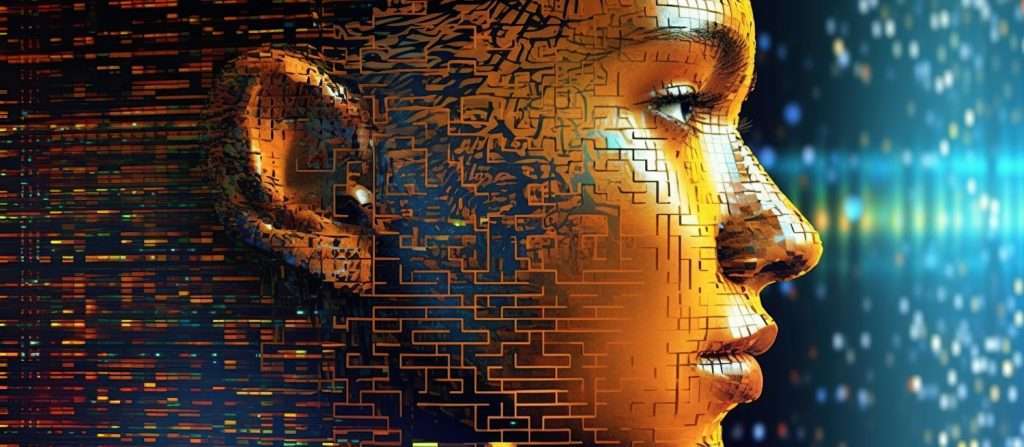You might have heard about neural networks and their role in powering modern artificial intelligence technology. However, have you ever pondered the mechanics behind these neural networks and how individuals can employ them to solve real-world problems?
In this guide, we’ll delve into the world of Google’s neural networks, and their potential in generative AI. This could be an enlightening read for anyone in content creation, marketing, industrial design, or AI development.
Understanding Google Neural Networks
Let’s begin by demystifying what we mean by neural networks. In simplest terms, a neural network is a computer program created to learn from data. This learning happens through repeated attempts to solve a problem, each time getting a bit closer to the correct solution. This is based loosely on how we think the human brain works, utilizing a system of interconnected nodes, or artificial ‘neurons’.
For those stationed in major tech hubs or startups to mid-size companies worldwide, this technology has the potential to automate content creation, generate unique and appealing designs, and solve complex data-driven problems.
If you have a degree in computer science, marketing, arts, or an equivalent field, with an interest or specialization in AI and machine learning, understanding Google Neural Networks could be a game changer for your career or business.
Neural Networks in Practice
So how does a neural network solve a problem in practice? In practice, it behaves much like an experimenter in a laboratory setting. Initially, it employs specific weights or parameters and gauges the disparity between its predictions and the actual outcomes. Subsequently, it fine-tunes these weights incrementally in the direction that minimizes the disparity. This iterative process continues multiple times.
Consider TensorFlow, the open-source platform developed by Google for implementing, training, and deploying ML models. You can visualize this experimentation process live byning programs through TensorFlow playground, a web-based interface, yore you can tweak parameters and see how it affects the prediction accuracy of the neural network.

Using Google Neural Networks for Generative AI
Neural networks can be designed to become generative. This means instead of just predicting simple things like whether a picture has a cat or a dog, it can also create new images. How does it do that? To understand this, we need to delve a bit deeper into the structure of a neural network.
The data that gets fed into a neural network can make or break its performance. For instance, an AI system trained to recognize images of a cat needs a lot of sample cat images. Similarly, if one seeks to predict the likelihood of an online game player making a purchase, the system must be trained with a substantial volume of user activity logs. From recognizing handwritten numbers to forecasting user behavior, neural networks find applications across a broad spectrum of domains.
Conclusion
The field of generative AI and Google neural networks offers plenty of opportunities for exploration and learning. This guide provides only a glimpse into this intriguing domain, with Google Neural Networks as a starting point. By delving deeper, one can discover more about the intricacies of the technology and its applications, from generating art and designs to automating content creation. Remember, the more you explore and experiment, the more you learn!
- The Agentic Startup Manifesto - June 8, 2025
- Remote Hiring in 2025 - April 5, 2025
- Burnout in Remote Teams: How It’s Draining Your Profits - January 27, 2025
